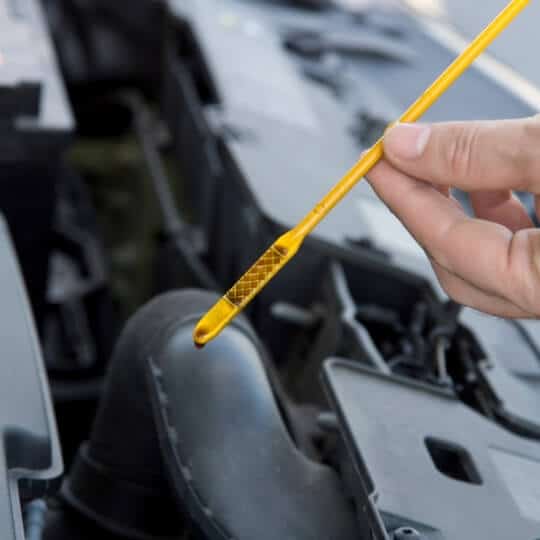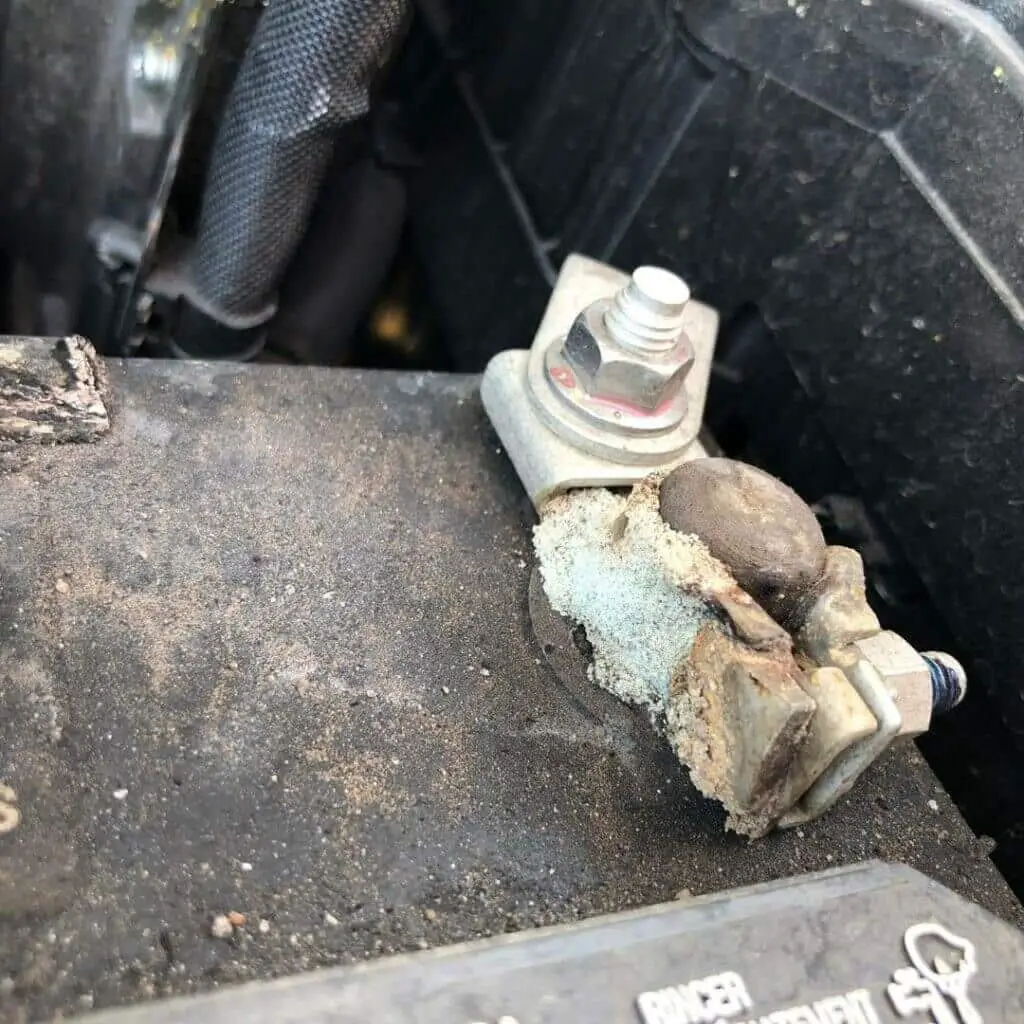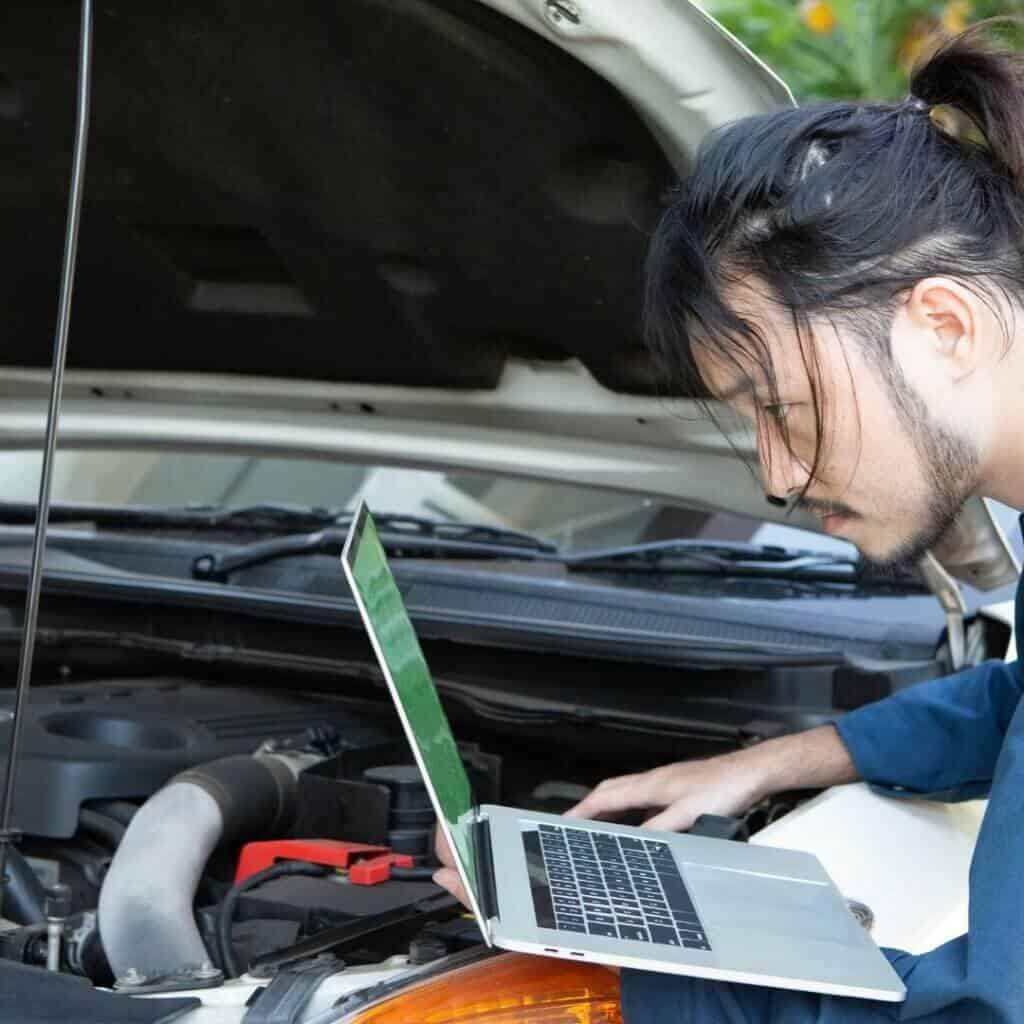Are you familiar with Seafoam pros and cons? Then, you should be aware before putting this product into your car fuel tank.
Your engine’s interior can accumulate all kinds of nasty debris over time. Varnish and tar build up on pistons, rings, lifters, and oil galleys supplying oil to all components inside the crankcase. As a result, it is more difficult for oil to move where it needs to go. As a result, the engine’s capacity to cool and lubricate itself is decreased, lowering its effectiveness, performance, and lifespan.
The same buildup can also be seen inside the fuel system, obstructing the carburetor jets, intake valves, and tops of the pistons in addition to the injectors and other components. Your engine will have a lot of trouble breathing if the valves can’t move freely. Carbon buildup on the pistons and valves can result in hot areas that induce detonation [1].
This reduces the performance of your engine. Additionally, carbon can accumulate along the engine’s intake system, reducing airflow and increasing turbulence.
Cleaning these difficult-to-reach areas of your engine is the tricky part. Unfortunately, almost all engines—from heavy rig diesel to 2-stroke lawnmowers to boat engines—face this issue. However, there are methods for maintaining cleanliness in your machine. First, consider the advantages of Seafoam Motor Treatment for your engine.
Understanding seafoam and its functions

One of the most dependable treatments for all engines has been around for more than 70 years; it is called Seafoam. Although Seafoam manufactures a variety of top-notch goods, Seafoam Motor Treatment is their flagship item.
To safely and gradually re-liquefy the gum, carbon deposits, sludge, varnish, and from the hard parts of your engine so they may be flushed out of the system, Seafoam is a specifically prepared product [2].
Seafoam is useful for lubricating moving parts, especially fuel systems. The varnish left behind by ethanol additives dries up the seals, making it more difficult for oil to lubricate the parts. The engine is restored to top operating condition by removing this varnish.
In addition, Seafoam absorbs water inside the fuel tank, enabling trouble-free burning of the liquid in the combustion chamber.
Seafoam Pros and Cons
You can apply Seafoam Motor Treatment in three places: the diesel fuel filter, the fuel tank, and the crankcase. As advised, use Seafoam Spray to clean the top end.
Within the crankcase
- Seafoam will remove oil varnish, quiet noisy lifters, and clear up sludge when added to the oil. A can gives two treatments for most automobiles because it cures 15 liters of oil. Therefore, the optimum approach is to add the treatment 800 to 1600 kilometers before the subsequent oil change and the remaining kilometers after the oil has been changed [3]. In this manner, the first treatment will remove the bulk of the varnish and sludge, and the second will maintain the cleanliness.
- Remove the oil filler neck cap. You can add Seafoam either before or after changing the oil.
- For every quart of oil already in the engine, add up to one ounce of Seafoam. Half of the bottle will be utilized.
Within the fuel
- A single can treats up to 60.6 liters of fuel. This will manage the moisture content, stabilize the fuel, and remove deposits from the fuel pump, injectors, or carburetor jets. Moreover, anti-gel qualities make it a good de-icing agent for diesel engines.
In the top-end
- Seafoam advises utilizing their Seafoam Spray Top Engine cleanser and lubrication to remove carbon deposits from air intake systems, intake valves, and combustion chambers inside the engine, especially GDI engines [4]. The excellent Seafoam product is still available as Seafoam Spray, although it comes in aerosol form rather than liquid.
- To apply Seafoam Spray, place the accompanying application hose and proprietary “HOOK TOOL” into the throttle body’s air inlet, located directly in front of the throttle plates. The engine should then be started and allowed to reach operational temperature. Next, increase the engine’s idle speed to 2,000 RPM and then spray the container’s contents into it.
- Turn off the engine and let the vehicle “Hot Soak” for 15 minutes. Then, restart the engine and vigorously test drive the car until the exhaust is clean after the Hot Soak period (a road test normally means driving for 8 to 16 kilometers). Additionally, Seafoam Spray’s container includes simple instructions.
How Quickly Does Seafoam Work?

Give your engine at least 15 minutes to absorb all the dirt and carbon buildup after applying Seafoam. After 15 minutes, start the engine, and go at least 30 miles. Those who are interested in cars frequently ask this question.
Its main job is to clear the engine of all sludge and carbon buildup. It must be applied to the crankcase and intake valves. The combustion chambers, valves, and piston rings are cleaned in this fashion [5].
Does Seafoam Make a difference?
The performance of the engine changes when Seafoam is used to clean it. If you don’t start the engine often, moisture buildup frequently causes the gasoline to become unstable. Even in severe conditions, Seafoam plays a great part in maintaining the fuel in perfect condition.
With combustion engines, clogging is a prevalent issue. Utilizing your car with worn-out or substandard oil further causes valve malfunctions due to carbon buildup. Such carbon deposits are removed by Seafoam, increasing the engine’s efficiency.
However, you are inviting trouble if you consistently add too much Seafoam to your engine. To increase the lifespan of your machine, use the cleaning agent sparingly.
Compared to their more recent counterparts, older models are more prone to carbon buildups and deposits. And as a result, it could cause several clogging problems. This could result in an older engine dying sooner rather than later.
Therefore, if your engine is older and has a lot of buildup, it is not the best idea to use Seafoam. In fact, trying to apply it might just have the opposite effect. Instead, you may be better off utilizing detergent-infused gas in its place.
Additionally, you must not utilize it in a 4-stroke water-cooled engine. It is not only needless to use but may also result in future engine damage. Instead, consider different additives substitutes or employ cleaners based on nitrogen.
Most individuals claim that it has worked like a charm despite its detrimental consequences on most vehicles. Their engines now run like new since their carbon buildup has been burnt off. But, of course, you can surely tell it’s working when you turn on the car and see much smoke from the exhaust.
Using this technique to clean the car engine is advised by contacting authorized personnel because they have the required training and experience.
Benefits of Seafoam
The Seafoam Motor Treatment uses a unique solution to re-liquefy varnish, sludge, and carbon deposits from the engine’s hard-to-reach areas. Additionally, it aids in lubricating the vehicle’s fuel system and other moving parts. The oil cannot adequately lubricate the parts because the ethanol additives in the car dry up the seals.
However, using Seafoam to remove the varnish restores the engine to working order. Additional advantages of Seafoam include:
- Seafoam helps the fuel system function more efficiently and last longer.
- All diesel and gasoline engines can safely use Seafoam.
- Cleans fuel injectors and the passages of the carburetor
- Lubricates the top cylinders.
- Removes chamber deposits and intake valve gunk
Seafoam Ruined Engine
The most fragile component of an automobile, the engine, needs careful maintenance to serve you well. Undoubtedly, many people use Seafoam to clean their automobile engines, but we want to know if using Seafoam might harm your engine.
The simple answer is no. However, there are several problems with Seafoam that could potentially harm the engine, so you should be cautious.
For many years, car owners have used Seafoam as an additive to eliminate carbon buildup. However, many seafoam products are on the market, making it challenging to determine which is suitable for your engine.
The most common cause of catastrophic engine failure is the improper cleaning engines with the wrong products.
Does Seafoam Affect Gaskets?
This product doesn’t harm gaskets much when used correctly, but it can also damage other things when used improperly. Although Seafoam is a great engine cleaner, feeding it directly to the valves can harm the engine. Most people feed it into the brake booster line and vacuum port.
The best method is to feed it into the gasoline tank before filling your automobile with gas. To allow the carbon deposits to be completely removed, drive the car for at least 30 kilometers. The engine catalytic converter and, eventually, your engine will be ruined if you run Seafoam on anything less than a full tank. Seafoam misuse destroys the majority of engines.
You don’t risk having many engine issues when used properly. The only substance that can help antique engines operate smoothly is Seafoam because it removes carbon buildup from the valves and pistons [8]. It also helps the engine run smoothly by working on the fuel injectors.
Is Seafoam a waste of money?
Although Seafoam is not harmful to car engines, some recent models are incompatible. So before applying any seafoam product to your engine, make sure to check the type.
The cleaning agent is intended to re-liquefy the sludge and grime built up in the difficult-to-reach engine sections and flush them out. It also assists in lubricating moving components in the fuel system, enhancing engine performance.
Difference between Seafoam and Seafoam High Mileage
According to the manufacturer, the new High Mileage fuel and oil treatment from Seafoam is precisely engineered to assist vehicles with more than 75,000 miles to run better, cleaner, and longer.
With an average age of nearly 12 years, American automobiles and trucks frequently have high-mileage engines. The numerous issues those engines encounter, such as worn parts, oil burning, and poor performance, are equally prevalent.
The president of Seafoam Sales Co in the Twin Cities, Mark Hanson, argues that there are a variety of reasons why engines lose performance over time. With High Mileage, however, the long-term wear can be reduced. This solution enables car and truck owners to maintain their vehicles in excellent condition and on the road for much longer than they might have otherwise.
High Mileage cleans and lubricates the fuel system, including frequently blocked injectors and carburetor jets, when added to fuel. It also removes damaging oil residues and deposits from oil, which can obstruct oil flow and impair engine lubrication. According to the business, the outcome is a cleaner, more durable engine that is less likely to burn oil or run rough.
Read Next: Best Catalytic Converter Cleaner
Conclusion
When using Seafoam without experience, you should understand that some risks are involved. Always be aware that if the product is utilized improperly, you run the chance of your engine breaking down early. Therefore, knowing your engine type and how to maintain it is always a good idea.
You can choose the ideal moment to use Seafoam and the best way to apply it if you are aware of the limitations of your engine. If unsure, ask your mechanic about the best options.
If you want a clean engine, use the right gasoline and follow the recommended maintenance schedule. Remember that some fuel brands contain additives and cleaning detergents to help clean the machine and ensure long-lasting smooth operation.




